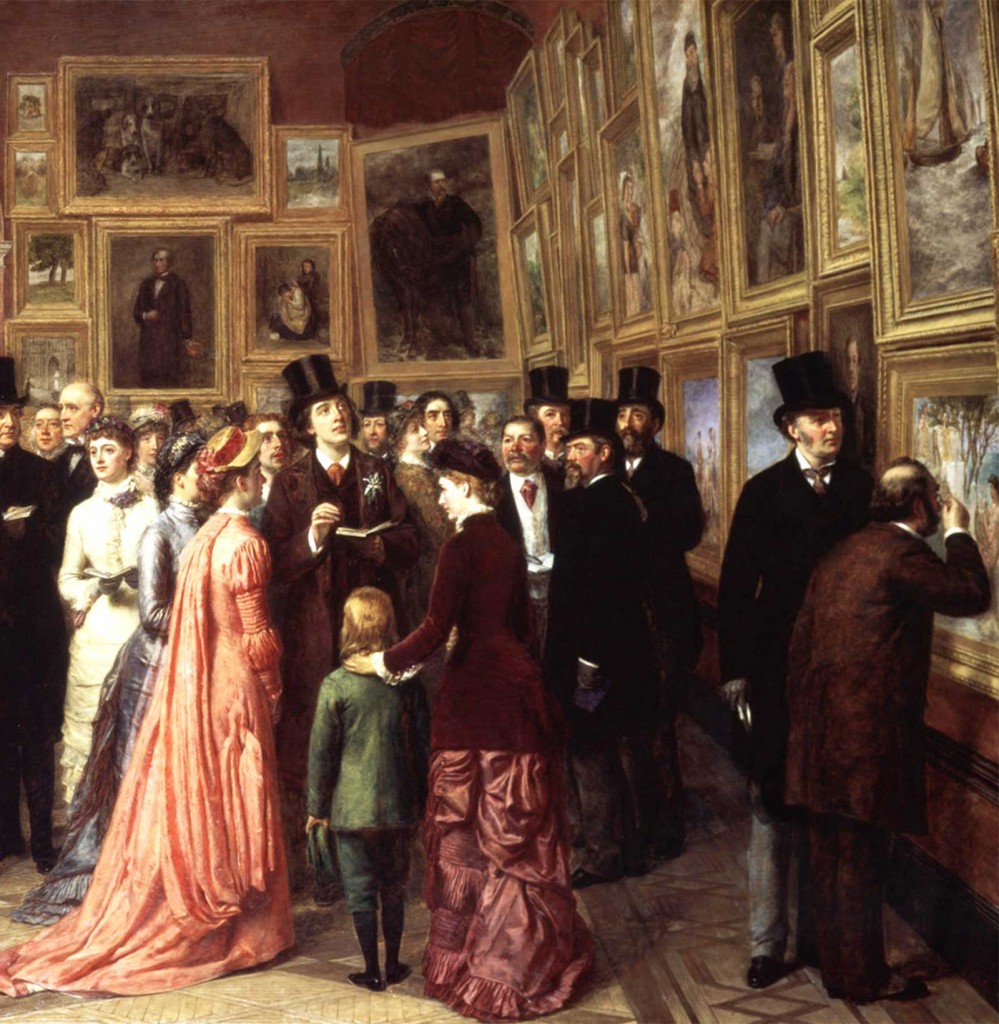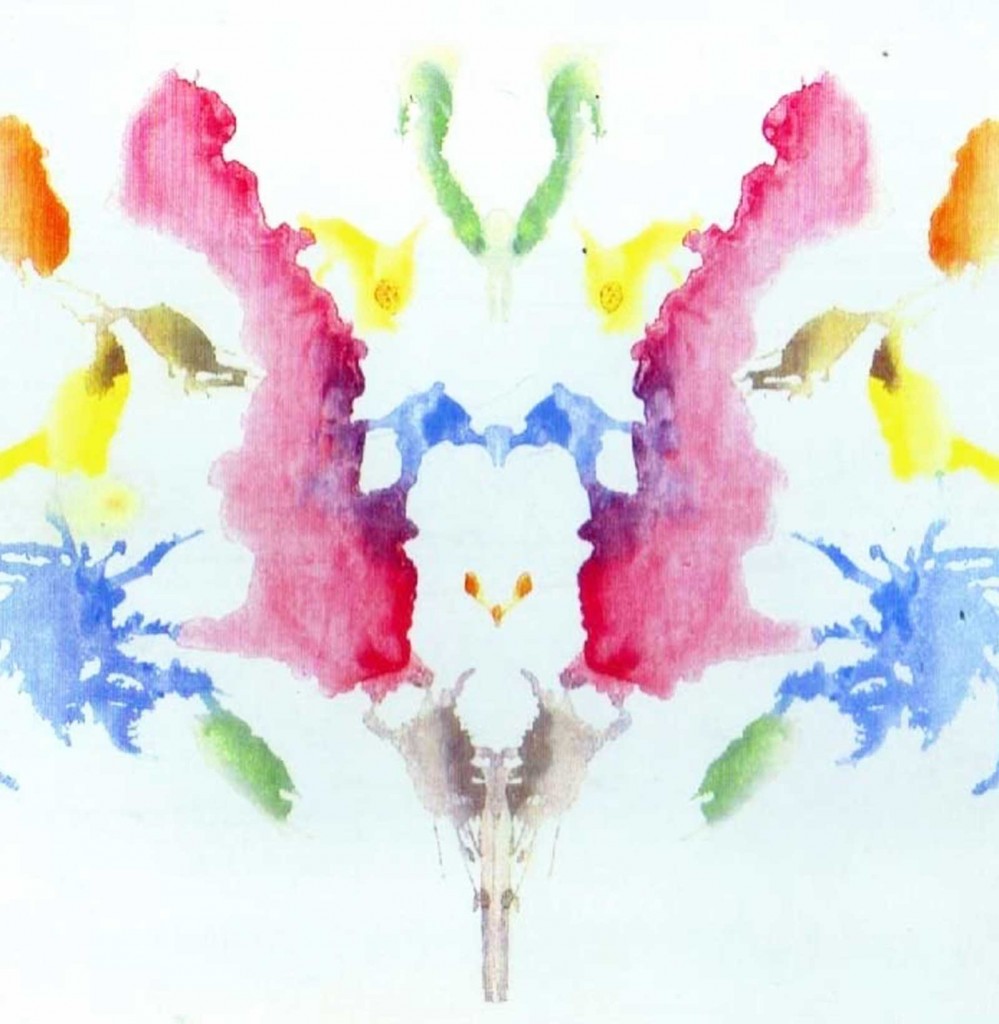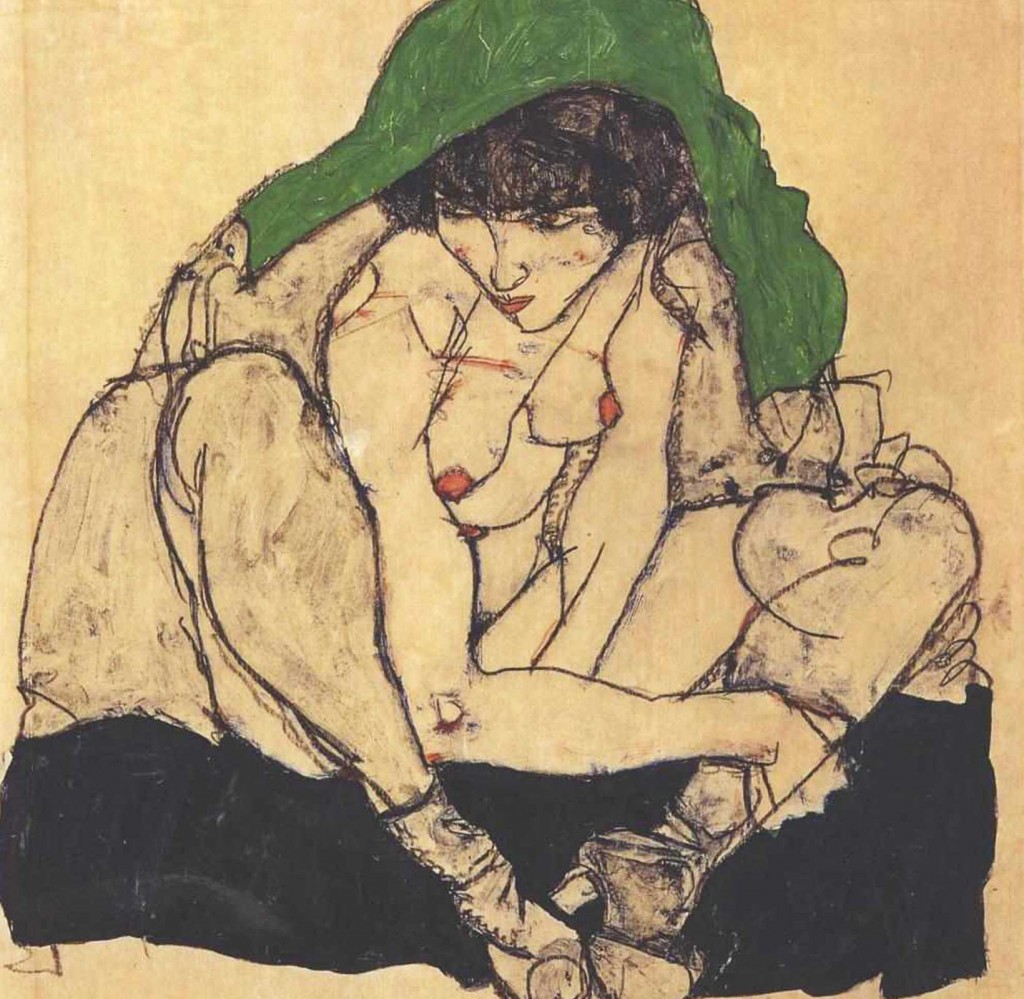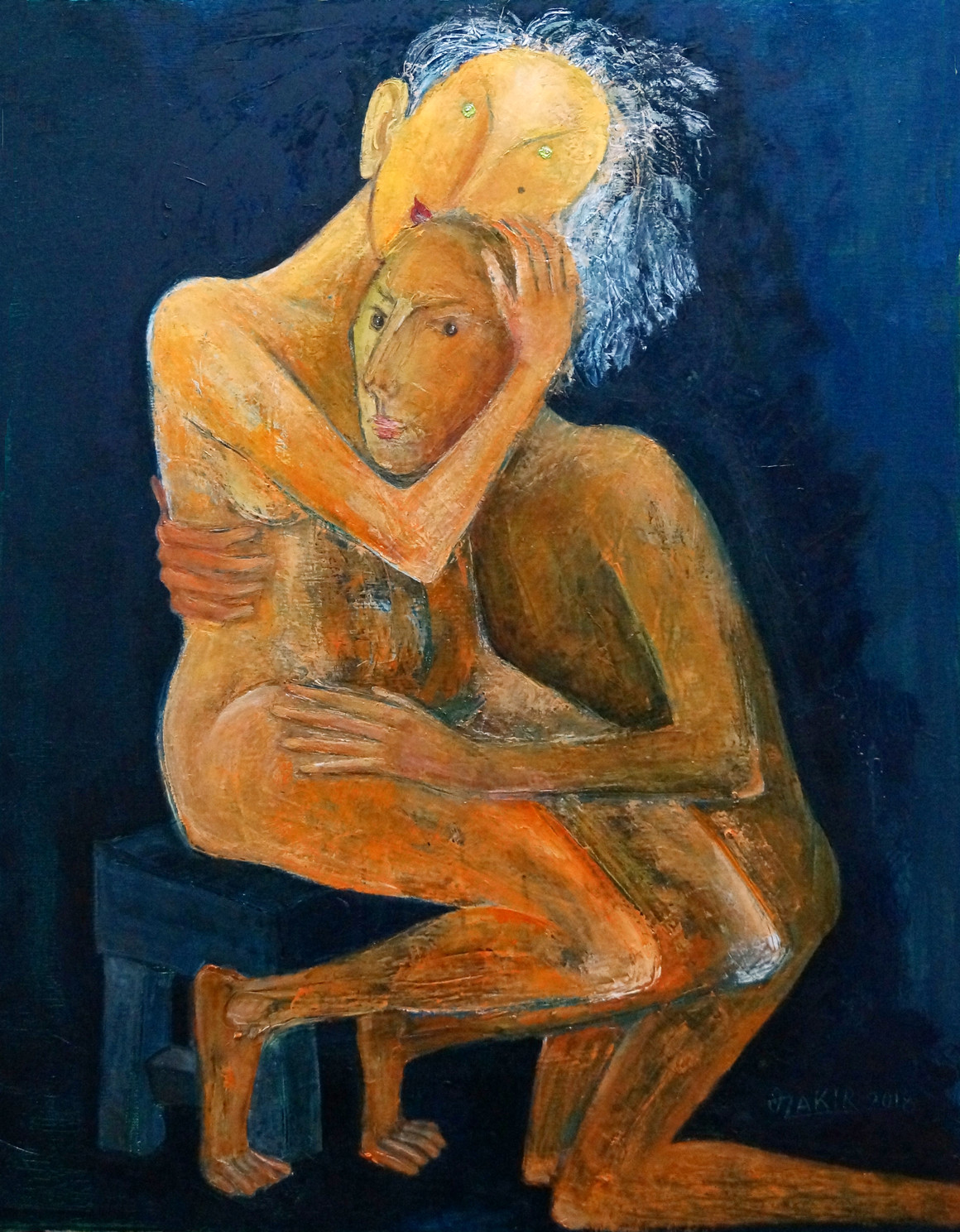Mocking the Art Critic
The birth of the art critic occurred at the very moment when art became available to the general public. When exhibitions that anyone could attend were inaugurated in the 18th century, the art critic...
The birth of the art critic occurred at the very moment when art became available to the general public. When exhibitions that anyone could attend were inaugurated in the 18th century, the art critic suddenly appeared on the scene. To assume a role of a self-appointed connoisseur and arbiter of taste, the art critic merely had to pontificate in a manner that ensured everyone in his audience began to doubt their own abilities to understand art or recognize quality.

“I wished to hit the folly of listening to self-elected critics in matters of taste, whether in dress or art. I therefore planned a group, consisting of a well-known apostle of the beautiful, with a herd of eager worshippers surrounding him.” – William Powell Frith
Over the years the pompous art critic – today less likely to hold forth in a public space than communicate through obscure writing – has become an object of derision. The icing on the cake of this mocking of the art critic is a recent analysis by linguistics scholars of the language of the trade. They have concluded that there is indeed an International Art English that bears little resemblance to English as we mortals know it.
Most of us are flummoxed by art criticism, not just by the language but also by the reason for its elevation to the rarefied atmosphere inhabited only by those “in the know.” Of course the idea of art speak is to ensure that most of us are outsiders and that we all have a burning desire to be insiders. Art critics are bound and determined to convince you that you can’t trust your own judgement but you can trust theirs. This is plain silly. You can, in fact, be your own art critic.

Have a look at this Rorschach blot – a diagnostic tool used by psychologists. What do you see? There is no right or wrong answer. You’re on your own here. There’s no critic to tell you “it’s an abstract expressionist work of the mid 50s painted when Smith was taking his first anatomy class and it speaks of existential angst in the same painterly terms as Ad Reinhart’s black paintings.” What you, as the observer see, is what you get with this blot. That’s all there is to it. So what’s wrong with looking at fine art in the same way you look at a Rorschach blot.
In a picture or a sculpture, you see what you see. Maybe looking a little more intently will reveal some hidden secrets but you don’t really need an “expert” to improve your vision. Trust your eyes. Whether you like what you see is up to you and no one else. It will depend on a whole raft of conditions from whether you are relaxed, well fed and comfortable as well as all those prejudices you hold in your mind. You do in fact, “know what you like” and you should be proud of this provided you “like what you know.” If not, get to know a little more about the unknowns that bother you.

At first glance, you may not like this drawing by Egon Schiele. Is it because it’s not beautiful? Do you find nudes challenging for any number of reasons? Is it for you just too rough in execution?
You may not like this nude. This might be because it fails to stimulate an erotic response in your mind. This doesn’t mean that you can’t appreciate the drawing as a work of art. Appreciation of art or recognition of its quality is entirely separate from your likes and dislikes. One can appreciate the form of a nude female without the subject looking like your personal ideal object of desire.
Acting as your own art critic you could ask why this is so?
Art is meant to be entertaining. With a critic hovering over your shoulder, literally or figuratively, you will constantly be on guard against being entertained when others say you should not. If you are your own critic this won’t happen, at least when you have learned to trust yourself in the presence of art. Relax and enjoy. Take in what you see and savor it like a great dish created by a fantastic chef. If you don’t enjoy a work of art in one way or another it’s perfectly OK to move on to the next course.
